CEB pledges solid measures to prevent future nationwide blackouts
The Ceylon Electricity Board (CEB) today committed to adopting immediate and long-term corrective measures to prevent future occurrences of nationwide power failures.
Among the urgent steps being taken includes “maintaining more synchronous generators at minimum generation and operating selected gas turbines in synchronous condenser mode at key locations to enhance grid stability and voltage support”, a CEB press release said.
Another is curtailing ground-mounted solar PV generation (only when necessary) during low-demand periods to mitigate instability risks. This will not affect rooftop solar.
The failure on February 9, 2025, was triggered by a disturbance at the 33kV Panadura grid substation (GSS) leading to a sudden voltage drop across the network, the press release said. “At the time of the incident, over 50% of national electricity demand was met by 800 MW of solar photovoltaic (PV) generation, with additional supply from Lakvijaya Power Plant at Norochcholai (470MW) and hydropower plants (130MW),” it revealed.
“Due to the high penetration of non-synchronous solar PV generation, the grid had low system inertia, making it vulnerable to faults,” it said. “The disturbance resulted in an imbalance between generation and demand, leading to cascading disconnections and a total power failure.”
“A sharp voltage drop caused multiple solar PV systems to disconnect, worsening the imbalance and further destabilising the grid,” the press release held.
The coal power plant tripped in an automatic protective response to system instability, not due to an internal plant failure. The measure prevented catastrophic damage to the power plant and prolonged outages.
“Additionally, the outage was influenced by the ‘Sunny Sunday’ effect—a condition where low weekend demand combined with high generation from solar PV creates grid instability,” the press release continued. “With most industrial and commercial customers offline, the grid was operating with reduced demand and reduced inertia, making it more susceptible to sudden disturbances.”
In the medium term, the CEB will adjust rooftop solar PV inverter settings to prevent unnecessary disconnections during minor disturbances/faults, ensuring grid resilience. Meanwhile, special industrial tariffs will be introduced for weekends and holidays to encourage industries to shift operations to low-demand periods, thereby assisting grid stability.
The CEB will also promote solar installations with appropriate battery energy storage systems (BESS) capacities over solar PV installations without BESS and introduce a tariff for the Solar PV customers with BESS and the relevant hardware.
In the long-term, the CEB will deploy “grid-forming inverters with BESS to provide synthetic inertia and frequency stabilisation”, the press release said. It will also install emergency backup generators at Norochcholai Power Plant to ensure rapid reconnection and continued operation of critical systems in case of future disconnections.
The Maha Oya Pumped Hydro Project (Water Battery) – a 600 MW storage facility that will enhance grid flexibility and energy security—will be expedited. Separately, it will advance smart grid investments to improve real-time monitoring and control of renewable energy integration.
“CEB acknowledges the inconvenience caused to the public and remains fully committed to ensuring a resilient, reliable, and future-ready electricity grid,” the utility said. “As Sri Lanka continues to transition towards a renewable energy-driven power system, CEB is proactively implementing both immediate and long-term solutions to strengthen grid stability.”
-
Still No Comments Posted.




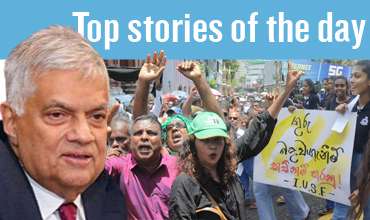
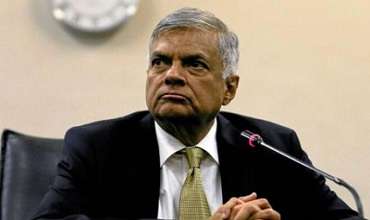
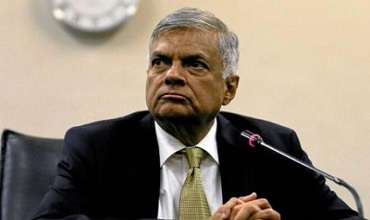
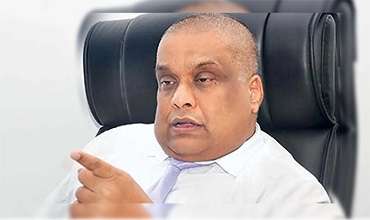
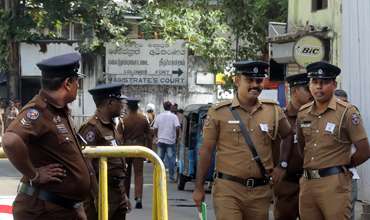
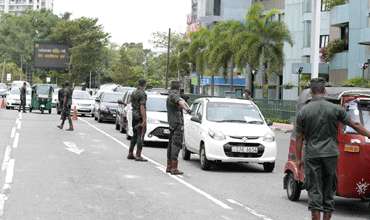



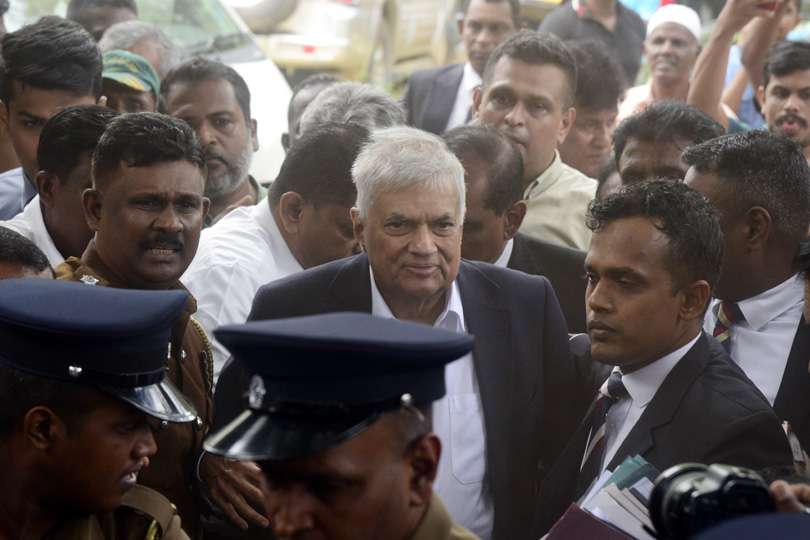
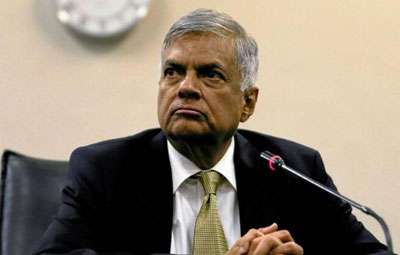
Leave Comments